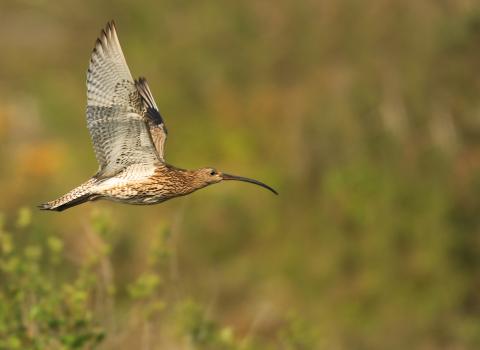Our wild places
We manage almost 100 nature reserve across Lincolnshire - but it's not just reserves we manage. We also help to protect 65 Roadside Nature Reserves, several Marine Protected Areas and over 1,000 Local Wildlife Sites. We are also campaigning for Marine Conservation Zones to be recognised and protected in the North Sea around Lincolnshire.
Take a look at some of the wild places we care for below.
Neil Roberts
Nature Reserves
These special places for wildlife are carefully and sensitively managed by the Trust for the benefit of wildlife. From secluded ancient woodlands filled with birdsong to unspoilt coastline stretching for miles; meadows brimming with butterflies to quite country paths through the heart of the Wolds.
Our nature reserves are a great place to start exploring your local wildlife.
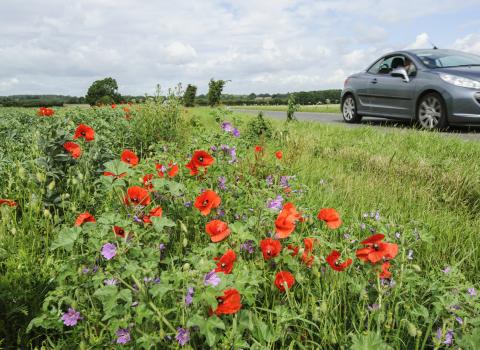
Terry Whittaker/2020VISION
Roadside Nature Reserves
Roadside Nature Reserves (RNRs) are areas of road verges specially protected by the Trust in cooperation with Lincolnshire County Council's Highways Division.
They are havens for a variety of invertebrates and small mammals, and in summer they are brimming with wildflowers. They are of great importance for providing 'corridors' for nature, allowing wildlife, including pollinators, to move more freely between sites, assisting with The Wildlife Trusts vision of creating a Living Landscape.
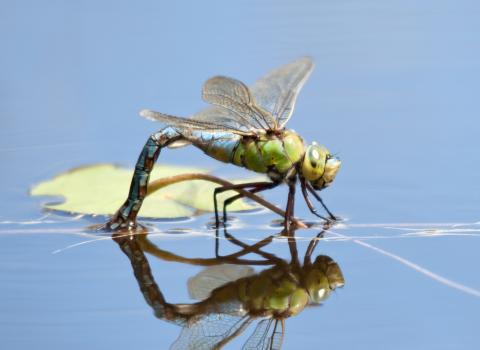
Ross Hoddinott/2020VISION
Local Wildlife Sites
Local Wildlife Sites are special, often unnoticed, wild places where nature thrives. From quite churchyards and flower-rich roadsides, to field-bordering hedgerows and tiny copses.
They make up a web of stepping stones and corridors for wildlife, forming key components of ecological networks.
Find out more about Lincolnshire's Local Wildlife Sites on the GLNP website below.
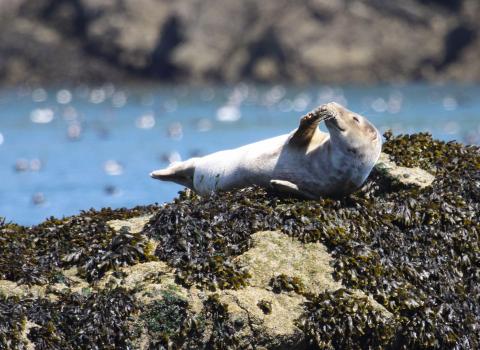
Lynne Newton
Marine Conservation Zones
Marine Conservation Zones (MCZs) are like nature reserves at sea. They are nationally important marine environments, recognised for their importance to wildlife either as a habitat, feeding, or breeding site. Their protection means that damaging types of fishing and development have to be more strictly assessed.
Just like on land, MCZs contribute to a network of wild spaces or 'corridors', allowing wildlife to move more freely, helping us to work towards a vision of Living Seas.
Find your next adventure...
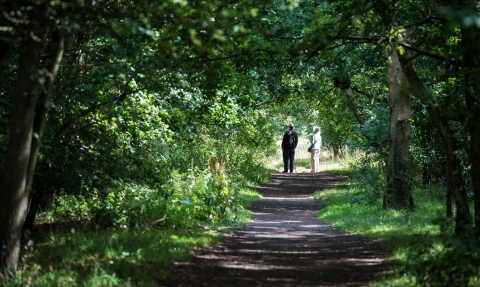
Matthew Roberts
Search our reserves
Understanding environmental designations
Here's a handy guide to the different site designations you might come across in the UK.
SSSI
Sites of Special Scientific Interest (SSSI) conserve and protect the best of our wildlife, geological and physiographical heritage. They have legal protection under the Wildlife and Countryside Act 1981 (as amended).
National Nature Reserve
The best of the SSSIs are designated as National Nature Reserves. These are the finest wildlife and geological sites in the country, with protection under the National Parks and Access to the Countryside Act 1949 and the Wildlife and Countryside Act 1981 (as amended).
Marine Conservation Zone
Marine Conservation Zones (MCZs) are like off shore nature reserves. The first MCZ was assigned in 2010, and their designation helps protect important marine wildlife, habitats, geology and geomorphology.
Their main aim is to help to create a Living Seas network by creating an ecologically coherant network of Marine Protected Areas (MPAs).
Nature Reserve
Nature Reserve is a non-statutory name for a site that is managed for the benefit of nature conservation usually by a conservation organisation.
Local Nature Reserve
Local Nature Reserves are places with wildlife or geological features of special interest locally and are designated by local authorities under the National Parks and Access to the Countryside Act 1949.
Local Wildlife Sites
Local Wildlife Sites are sites of local importance for nature conservation but are not legally protected.
European and International designations
European and International designations of sites include Special Areas of Conservation, Special Protection Areas and Ramsar sites.
Special Areas of Conservation (SAC) are protected sites, adopted by the European Commission, that contribute to conserving the 189 habitat types and 788 species identified as most in need in Europe.
Special Protection Areas (SPAs) offer a similar protection but for rare and vulnerable birds.
Ramsar sites are a list of 'Wetlands of International Importance', and the designation ensures their effective management.

